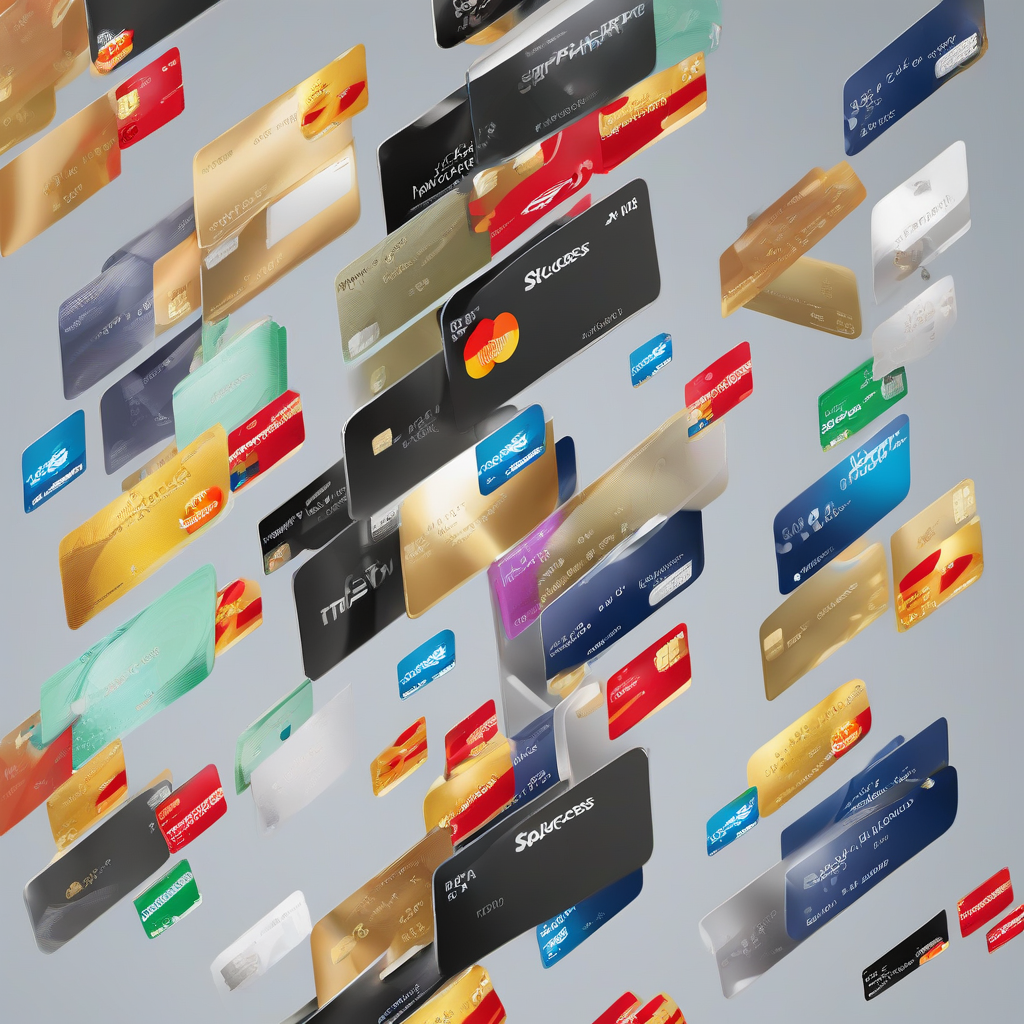Unlocking Financial Freedom: Your Guide to the Best Interest-Free Credit Cards
Interest-free credit cards offer a powerful tool for managing finances effectively, allowing you to make purchases without incurring immediate interest charges. However, understanding the nuances of these cards is crucial to maximizing their benefits and avoiding potential pitfalls. This comprehensive guide explores the key features, benefits, and drawbacks of interest-free credit cards, helping you make informed decisions to achieve your financial goals.
Understanding Interest-Free Periods
The core appeal of interest-free credit cards lies in their introductory periods, typically ranging from several months to a year or more, during which no interest is charged on purchases. This grace period provides valuable time to repay your balance in full, avoiding accumulating debt and interest charges. It’s crucial to understand that this interest-free period usually only applies to purchases; balance transfers and cash advances often have separate interest rates and terms.
Types of Interest-Free Offers:
- Purchase APR Interest-Free Periods: These offers apply to new purchases made during the promotional period. After the introductory period, a standard APR (Annual Percentage Rate) applies.
- Balance Transfer APR Interest-Free Periods: These allow you to transfer existing balances from other credit cards to this card, usually with an interest-free period. Often, there’s a balance transfer fee.
- 0% APR on Purchases and Balance Transfers: Some cards offer interest-free periods for both purchases and balance transfers, providing a highly advantageous situation for consolidating debt.
Factors to Consider When Choosing an Interest-Free Card
Selecting the right interest-free credit card involves careful consideration of several key factors:
- Length of the Interest-Free Period: A longer interest-free period provides more time to pay off your balance, reducing the risk of accruing interest charges. Look for offers lasting 12 months or longer.
- APR After the Introductory Period: Understand the interest rate that will apply once the interest-free period expires. A lower APR is preferable.
- Annual Fee: Many cards, particularly those with longer interest-free periods or other attractive benefits, have annual fees. Weigh the benefits against the cost.
- Balance Transfer Fees: If you plan to transfer a balance, consider the percentage fee charged. Some cards offer no fees for a limited time.
- Credit Limit: Ensure the credit limit offered is sufficient to cover your needs. A higher limit can provide more financial flexibility.
- Rewards Program: Some interest-free cards offer rewards programs, such as cashback or points, which can add further value.
- Credit Score Requirements: Be aware of the credit score needed to qualify for the card. Cards with longer interest-free periods or better terms often require higher credit scores.
Potential Pitfalls of Interest-Free Credit Cards
While interest-free periods provide significant advantages, it’s essential to be aware of potential drawbacks:
- High APR After Introductory Period: The interest rate after the promotional period can be significantly higher than the average, making it crucial to repay your balance in full before it expires.
- Missed Payments: A single missed payment can negate the interest-free period, resulting in immediate interest charges on the entire outstanding balance.
- Balance Transfer Fees: While balance transfer fees can be minimal or waived, they add to the overall cost of using the card.
- Temptation to Overspend: The availability of easy credit can lead to overspending, potentially accumulating debt that is difficult to manage.
- Impact on Credit Score: Applying for multiple credit cards in a short period can negatively impact your credit score.
Strategies for Maximizing Interest-Free Benefits
To fully utilize the advantages of interest-free credit cards, follow these strategies:
- Create a Repayment Plan: Develop a detailed plan to repay your balance in full before the interest-free period ends. This might involve setting up automatic payments or budgeting meticulously.
- Track Your Spending: Monitor your spending closely to avoid exceeding your credit limit and ensure you stay within your repayment plan.
- Prioritize High-Interest Debt: If you’re consolidating debt, focus on transferring balances with the highest interest rates first.
- Avoid Cash Advances: Cash advances typically carry high interest rates and fees, negating the benefits of an interest-free card.
- Set Reminders: Use calendar reminders or budgeting apps to stay aware of payment deadlines and the end of the interest-free period.
- Consider a Debt Consolidation Loan: For significant debts, a debt consolidation loan might offer a lower interest rate and a simpler repayment structure.
Choosing the Right Card for Your Needs
The best interest-free credit card will depend on your specific financial situation and goals. Consider the following questions:
- What is your credit score? Higher credit scores typically qualify for cards with better terms.
- How much debt do you need to consolidate? This will determine the required credit limit.
- What is your repayment plan? Choose a card with an interest-free period that aligns with your ability to repay the balance.
- Do you need rewards or other benefits? Some cards offer additional value through cashback or other rewards programs.
Beyond the Interest-Free Period: Long-Term Financial Planning
While interest-free periods offer a valuable short-term solution for managing debt or making large purchases, responsible long-term financial planning remains paramount. After the interest-free period concludes, you should have a plan for managing your credit card debt effectively to avoid accumulating high interest charges. This might involve continuing to pay down the balance aggressively, seeking alternative financing options, or developing a budget to control spending.
Remember, interest-free credit cards are tools that can aid in responsible financial management. By understanding their intricacies, employing effective strategies, and planning for the long term, you can leverage their benefits to achieve your financial objectives without falling into debt traps.

